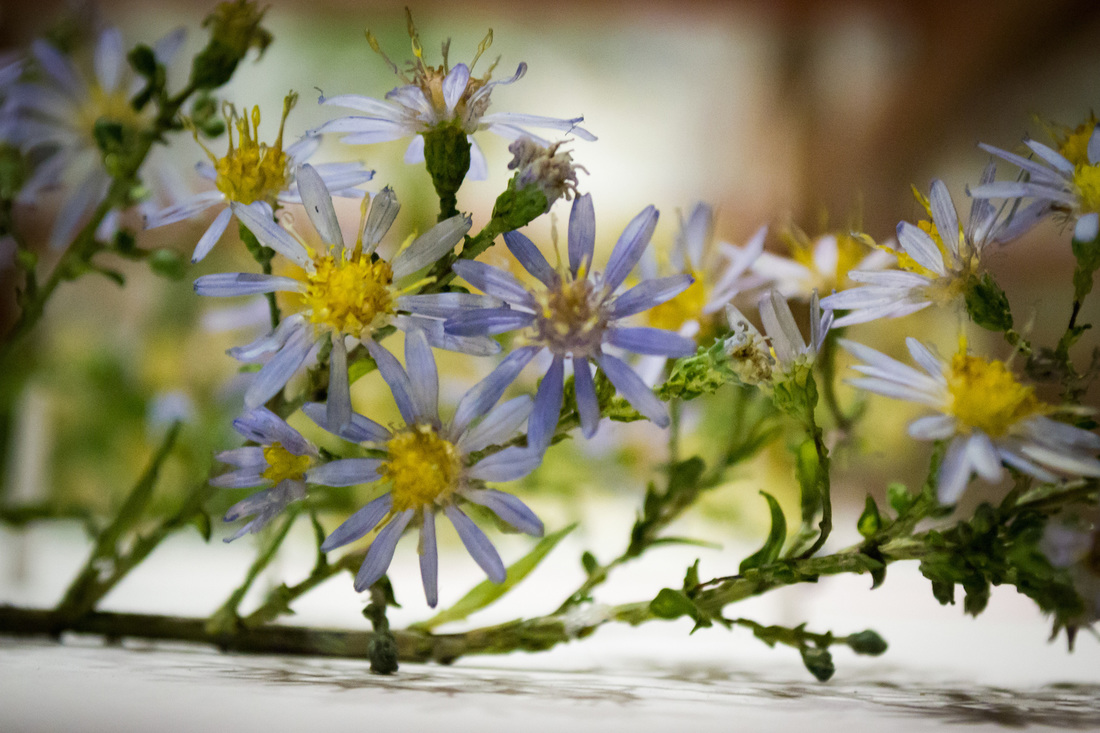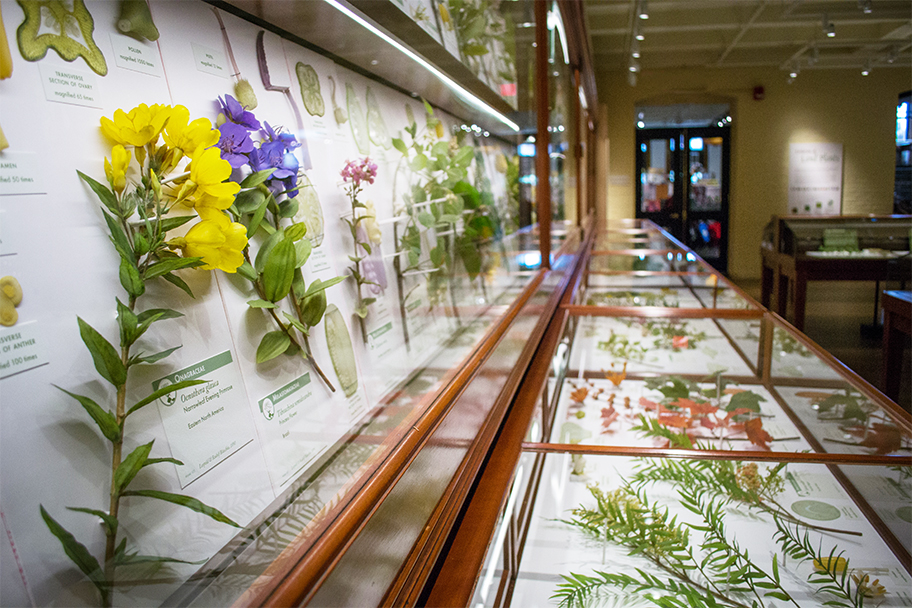|
By Caitlin Kossmann Imagine growing up in the 1920s and 30s. You live in posh Beacon Hill, Boston, where your mother meticulously tends a beautiful garden. Movies are largely silent, and there is no such thing as the Internet. So what do you do on the weekends? For Beatrice Lowell, born in 1918, your mother takes you to see a new shipment of glass flowers, just sent over from Germany. Throughout her youth and teenage years, Beatrice went with her mother to the Harvard Museum of Natural History to see the famous collection of glass flowers. From delicate root systems convincingly clotted with dirt, to translucent petals, to cutaways of flower parts like magnified microscope slides, these exquisite models were a big draw. During the 1940s, some 250,000 people were said to come to the exhibit each year. The anatomical precision of these stunning artworks has captivated audiences and prompted an interest in the natural world since the beginning of the twentieth century. The flowers were hand-crafted by a Bohemian father and son team, Leopold and Rudolf Blaschka, between the 1880s and the early 1900s. Rudolf, the son, continued sending specimens to the exhibit until 1936, just three years before his death in 1939. All told, they made 4,300 models for Harvard. When these models were made, there were few ways to study plants.. There were live specimens, but they could die and were not always in bloom. Drawings and herbaria (plants pressed on sheets of paper) gave only a two-dimensional representation and tended to brittle with age. This is where the glass flowers came in. Although beautiful pieces of art in their own right, they could also serve as excellent scientific models. Unlike paper maché or wax, glass offered the appropriate medium to create highly accurate, detailed, three-dimensional models. Researchers could compare plants that might live in widely different places without flipping between book pages or traveling to different greenhouses. In their own time, the Blaschkas were more well-known for their glass models of marine invertebrates, which were explicitly made as teaching tools and research objects and not for museum display. In their own twentieth century way, Leopold and Rudolf Blaschka were early proponents of “STEAM,” or re-integration of the arts into traditionally rigid fields of science, technology, engineering and math. Their flowers are emblematic of this kind of multi-disciplinary combination. The flowers were originally displayed in long, upright cabinets. That is how Beatrice Lowell would have seen them. Today, the exhibit is constantly rotating. Pieces that have not been on display since the early 1900s have been dusted off and repaired, and will be slowly revealed over the next several years. (The insect pollinator series, out now, has some gorgeous honey bees almost the size of my palm.) Some seventy years later, Beatrice’s fascination with the glass exhibit has been passed down to her daughter, Blue Magruder, who is now the Director of Public Affairs and Marketing of the Harvard Museum of Natural History. This September, delegates attending the Science Media Awards Summit in the Hub (SMASH) will have unfettered access to the Glass Flowers exhibit, as well as a new gallery tour led by Jennifer Brown, Collections Manager for the Ware Collection of Blaschka Glass Models of Plants, on Thursday, September 22 at 3pm. Caitlin Kossmann is a production assistant for the Science Media Awards and Summit in the Hub (SMASH). For more science storytelling, follow SMASH on our blog, on Facebook, or tweet us @scienceSMASH.
1 Comment
|
AuthorAs the curators of the Science Media Awards Summit in the Hub (SMASH), we believe storytelling is a common thread in our shared human experience, and that new media allows us to convey the wonders of scientific discovery in new and compelling ways. Archives
October 2018
Categories |



 RSS Feed
RSS Feed